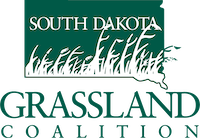Forage Supply and Demand
A primary consideration in pasture-based cow-calf operations is choosing a calving season that will best match the forage supply to forage demand. In general, forage production and quality is high in the spring with the peak occurring in early summer and then supply and quality decline through the remainder of the year as forage matures (Figure 1).
The question becomes: Do we match this peak in nutrient supply to the peak in demand by the cows or by the calves?
Matching the nutrient supply from the forage with nutrient requirements of the calf tends toward late winter to early spring calving. This is because calves that are older and more functional ruminants will be more capable than younger calves at utilizing grazed forage at its peak nutrient quality in early summer.


